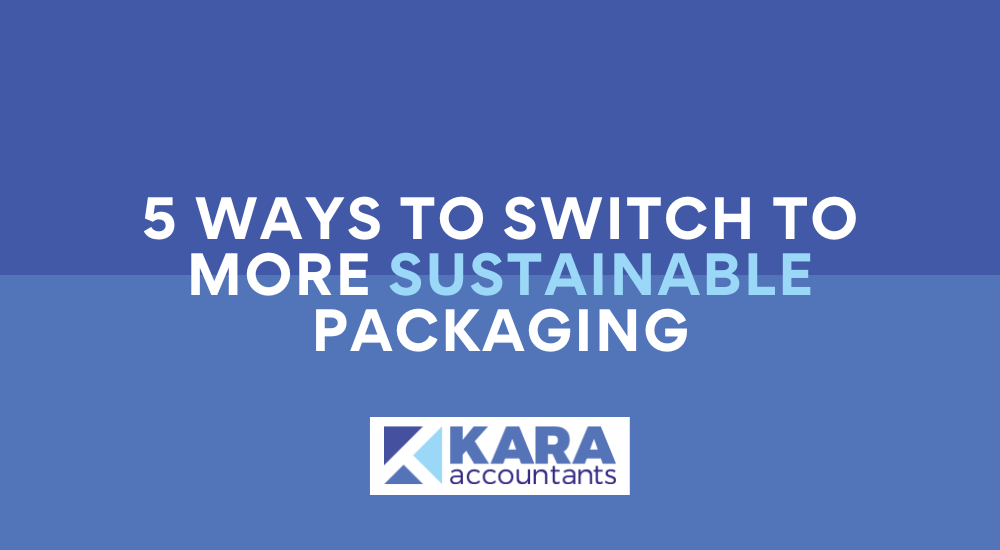
5 Ways To Switch To More Sustainable Packaging
In an age where environmental consciousness is paramount, individuals and businesses are increasingly looking for ways to reduce their ecological footprint. One significant area where this can be achieved is through the adoption of sustainable packaging practices. The packaging industry plays a crucial role in environmental conservation, as the choices we make regarding packaging materials, design, and disposal methods can greatly impact the planet. In this blog, we will explore five effective ways to transition to more sustainable packaging solutions.
What is sustainable packaging?
Sustainable packaging is packaging that reduces its environmental footprint over time. This can be achieved in several ways including using raw materials, minimising the carbon footprint or extending its lifestyle cycle.
So how can you apply this to your packaging? Here are five ideas that may help you.
1. Turn Your Packaging Into Another Product
What if your packaging wasn’t just a thing you put your product in? What if it was a product itself?
One great example of making the packaging a product is Monday’s Child. They’re a young girl’s fashion retailer who turned their packaging into a doll’s house. This meant that their customers would get extra value and extend the life cycle of the packaging. H&M packaging, similarly, doubled their packaging as a clothes hanger through innovative design.
This could work for you too. What could you turn your packaging into that would add extra value to your customers? Get creative with it and think outside the box. *wink wink*
2. Use Sustainable Materials
Using mixed plastics are unsustainable because they can’t be broken down. This means some packaging could become a broccoli’s jacket centuries after you’ve eaten the broccoli. But you can use more sustainable materials that are easily recyclable or have already been recycled. Try to opt for raw materials because mixed materials are difficult to recycle. Or you can look to more renewable materials such as bioplastics. These come at a cost because they’re in limited production but the more companies adopt them, the cheaper they’ll become.
3. Make It ‘Keepable’
For luxury products, it may be worth looking into creating packaging that’s made to be treasured. This is something brands like Chanel and Tiffanys have down to an art. People keep their boxes because they’re luxurious and aesthetically pleasing. Think about the design of your packaging. How can you make it more luxurious and worthy of remaining in your customer’s home somewhere other than the bin?
4. Use Less Packaging
Think about how much packaging you’re using and how much packaging you’re receiving from the businesses you work with. Is it possible for you to cut out the packaging completely? The supermarkets were successful in cutting down bags and encouraging their customers to bring their own bags. Is that something that you could implement?
If not, you can have a look at how much packaging you’re using. Don’t over-package your products. Shrinking your packaging can reduce your carbon footprint AND reduce shipping costs. Optimising your packaging to use the least amount possible benefits your business and the planet.
5. Use Local Packaging
An easy way to reduce carbon emissions is to work with businesses more local to you. The closer your packaging manufacturer, the smaller your transit footprint. It also helps if you pick a manufacturer that is focused on sustainability too. Together you can work on minimising electricity, water use and reducing emissions.
By doing one or a number of these things, you’ll be reducing your contribution to climate change and helping save the environment. And be sure to let your customers know how you’re planning to go green – you may win some new customers over if you do.
If you want help on recording your green efforts to be eligible for tax relief, or how the plastic tax will affect you contact us and we can provide you with the most up-to-date information.

This Post Has 0 Comments